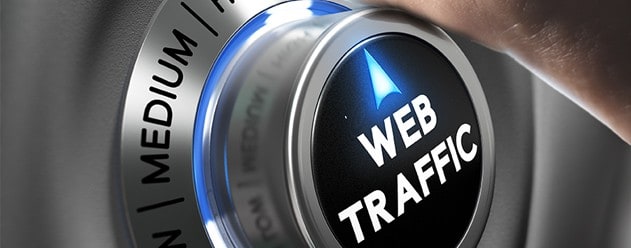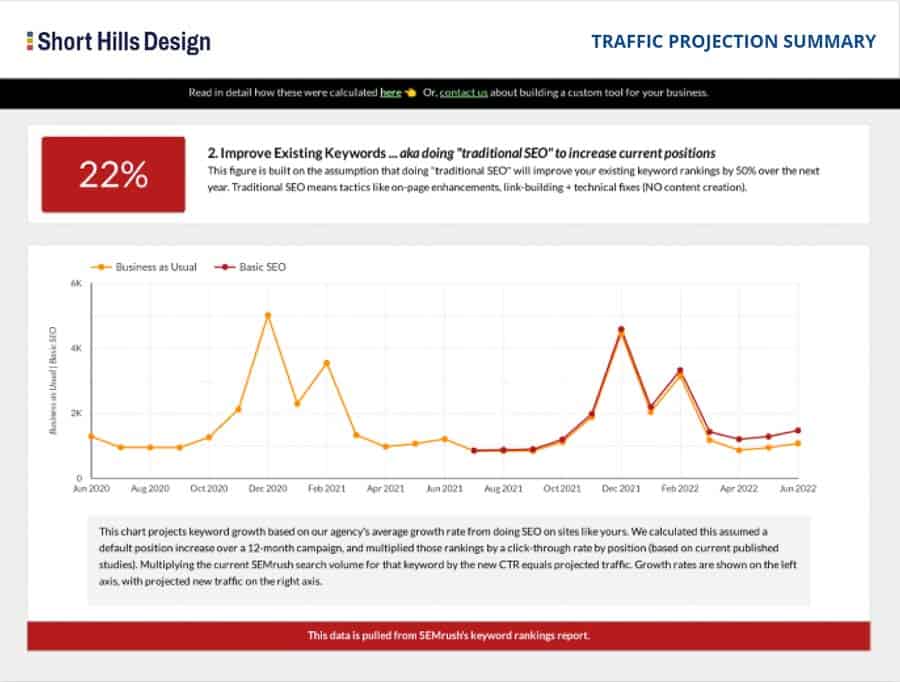
If you’ve read the other articles in this series, you already know that page speed improvements can lead to improvements in your new patient numbers. And if you haven’t looked at these posts, you can start here Why Page Speed Matters for your Healthcare Website. We’ve talked about why page speed matters, we’ve looked at page speed tools, and we’ve even did a bit of page speed diagnosis to see what factors can cause web pages to run slowly. In this post, we are going to talk about caching and what it means in terms of website performance. And while I don’t expect you to understand the technical nuances behind caching, I want you to understand what it is and why it’s important.
In its simplest form, caching simply refers to the ability of a web browser (Chrome, Safari, Firefox, etc.) to “remember” pieces of websites you’ve visited in the past. For example, if you frequent cnn.com, or espn.com, it’s inefficient for your browser to reload the site logos and default graphics every time you visit. It makes much more sense for your browser to cache – or save – the CNN or ESPN logo so that when you visit the site in the future, the browser can get right to the updated information you are looking for – such as a breaking news update or a sports score change.
Caching is especially valuable for dental and medical websites because much of the content on these sites stays the same. For example, while you might have new blog posts every month, your “Meet the Dr.” and your “About” page will likely not change. The reason caching is important for keeping web pages running quickly, is because the less time a browser must spend downloading the web page, the faster the page will load.
For example, let assume that your logo in the header of your websites takes 1 second to load (that’s way too long, but stick with me for the example), and your entire website including the logo takes 4 seconds to load. What this means is that without caching -- every time someone browses a page on your website -- their browser must load the contents of the page (veneers, root canal, extractions, etc.) PLUS the logo file in the header (at the cost of one additional second).
Now let’s add caching; with caching, the browser will do what amounts to saving the logo. In this manner, the browser only has to download the logo file one -- the first time the user visits the website. When this user visits other pages on the website, the browser does not have to load the logo files again (because it’s stored in the cache), and the visitor now saves an entire second of waiting time for the logo to load. One second might not seem like a large amount of time, but if you consider that you want a web page to load in under 3.5 seconds, saving an entire second of load time is tremendous!
As you might imagine, caching can get complicated. What happens if you change your logo and the browser is still using the cached version? Fortunately, there are ways that websites and browsers can communicate to help ensure that the most up to date content - in this case, your new logo- will be shown to users. And yes, the new logo will be cached, just like the original logo was cached.
To make caching easy in WordPress, there are multiple plugins that do the heavy-lifting. The plugin that we use for SHD’s sites and for our client sites is W3 Total Cache. Note: this is not a plugin for the faint of heart, and using it does require some technical knowledge. The reason I’m bringing it up is because I want you as the website owner to understand that caching for your healthcare website is a virtual necessity and I want you to be able to ask your web developer if you site is using caching.
There are many free guides available that will teach you how to use the plugin (abbreviated W3TC) and how to configure it. However, unless you have a lot of time on your hands, I recommend that you leave the configuring up to your web team.
In addition to page caching (in our example we cached an image) there are many other actions you can perform to speed up your web pages. We talked about external factors way back in our first post in this series, so we’re going to remain focused on on-page things you can do to help speed-up your web pages. Note that the W3TC plugin mentioned above has the capacity to manage all the items I’m going to list below. And again, this list is for reference so you have an idea of the breadth of page speed optimization – you do not need to understand what everything means or does. Note, if you are an SHD hosting client we have advanced caching and page compression tools that we use as just one aspect of how we keep your site running quickly!
Database caching
CSS minification
JS minification
Use of a CDN (content delivery network)
Caching expiration management
Gzip compression
In this article, we talked about how caching can help speed up a website – particularly a WordPress website. We talked about the W3TC plugin and how it can help you speed up your WordPress site by caching images, and we noted other factors that contribute to how fast your web pages load. Now that you have a basic understanding of how improved page speed can lead to more new patients, I encourage you to check your site to make sure you are speeding along.

